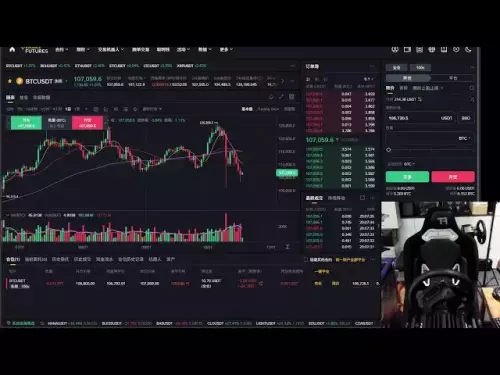-
 bitcoin
bitcoin $106975.071866 USD
-0.29% -
 ethereum
ethereum $3871.670850 USD
-0.07% -
 tether
tether $1.000261 USD
-0.01% -
 bnb
bnb $1084.417621 USD
-0.50% -
 xrp
xrp $2.348167 USD
0.82% -
 solana
solana $185.621736 USD
0.45% -
 usd-coin
usd-coin $0.999833 USD
-0.04% -
 tron
tron $0.313423 USD
0.81% -
 dogecoin
dogecoin $0.188856 USD
0.54% -
 cardano
cardano $0.630416 USD
-0.49% -
 hyperliquid
hyperliquid $36.506353 USD
2.24% -
 ethena-usde
ethena-usde $0.999584 USD
-0.01% -
 chainlink
chainlink $16.750026 USD
-0.77% -
 stellar
stellar $0.313373 USD
0.37% -
 bitcoin-cash
bitcoin-cash $465.978560 USD
-1.57%
What are the different verification levels on Binance?
Binance's tiered verification system balances access and security, with higher levels unlocking more features but requiring greater personal data disclosure.
Oct 18, 2025 at 10:36 pm
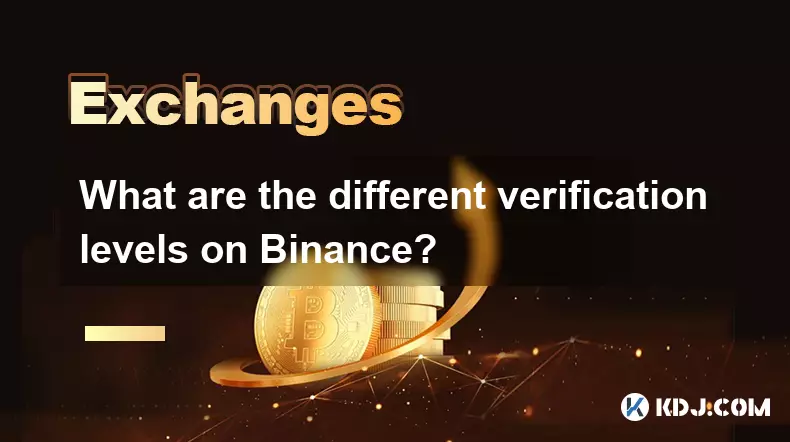
Understanding Binance Verification Tiers
Binance operates a tiered verification system designed to balance user accessibility with regulatory compliance and security. Each level grants different permissions based on the amount of personal information provided and the verification methods used.
- Level 0 – Unverified Account: This is the default state after signing up. Users can only trade limited spot pairs and are restricted from withdrawals, P2P trading, and futures. Daily withdrawal limits are capped at 0.6 BTC or equivalent.
- Level 1 – Basic Identity Verification: Requires submission of full name, date of birth, nationality, and a government-issued ID such as a passport or national ID card. Once approved, users gain increased deposit and withdrawal limits, access to more trading pairs, and eligibility for P2P transactions.
- Level 2 – Advanced Verification: Involves facial recognition via live selfie or video confirmation. This step strengthens identity assurance and unlocks higher withdrawal limits—up to 100 BTC per day depending on jurisdiction. It also enables access to margin trading, staking products, and launchpad participation.
- Enterprise or Institutional Verification: Tailored for businesses, funds, and high-net-worth entities. Requires legal entity documentation, proof of incorporation, board resolutions, and authorized signatory details. Verified institutions gain API access, OTC desks, custody solutions, and customized liquidity options.
- Country-Specific Requirements: Some regions mandate additional steps due to local regulations. For example, users in the European Economic Area may need to complete residence verification through utility bills or bank statements. Japanese residents face stricter KYC under FSA guidelines, including income source declarations.
Benefits of Higher Verification Levels
Advancing through Binance’s verification tiers directly correlates with expanded functionality and reduced friction in financial operations.
- Increased daily withdrawal caps allow traders to manage larger portfolios without delays. Unverified accounts face severe constraints that hinder active trading strategies.
- Access to advanced financial instruments such as leveraged tokens, options, and futures contracts is gated behind Level 2 verification. These tools require a verified identity to comply with risk disclosure obligations.
- Participation in token sales and initial listings via Binance Launchpad requires verified status. Many exclusive offerings are only available to users who have completed full KYC.
- Enhanced customer support channels become accessible, including priority ticket handling and dedicated account management for institutional clients.
- Regulatory alignment ensures smoother integration with fiat gateways. Verified users experience fewer interruptions when depositing or withdrawing EUR, USD, or other regulated currencies through bank transfers or partner payment processors.
Risks and Privacy Considerations
While higher verification levels unlock features, they also involve sharing sensitive personal data with a centralized platform.
- Storing government IDs on a digital exchange introduces potential exposure in the event of a breach, despite Binance’s encryption protocols and cold storage practices.
- Jurisdictional data-sharing agreements may compel Binance to disclose user information to authorities upon legal request, particularly for anti-money laundering investigations.
- Over-verification can lead to permanent restrictions if discrepancies arise—such as mismatched names between ID documents and registered accounts—which may lock users out of their assets temporarily.
- Users in regions with unstable governance may face risks if political entities target cryptocurrency holders. Full KYC records could be exploited beyond original intent.
- There is no option to downgrade verification level once completed. Even if a user wishes to revert to anonymity, their data remains on file, and previous activity stays linked to their identity.
Frequently Asked Questions
How long does Binance verification take?Most Level 1 verifications are processed within minutes, though some cases may take up to 24 hours. Level 2 and institutional verifications can extend beyond 48 hours depending on document clarity and regional workload.
Can I use someone else’s ID for verification?No. Using another person’s identification violates Binance’s terms of service and constitutes fraud. All submitted documents must match the account holder’s information exactly.
Why was my verification rejected?Common reasons include blurry images, expired IDs, mismatched personal details, or failure to meet residency requirements for certain services. Reapplication with corrected documents usually resolves the issue.
Does Binance share my ID with third parties?Binance does not publicly share user IDs. However, it may disclose information to regulatory bodies or law enforcement when legally required, especially in cases involving suspicious transactions or court orders.
Disclaimer:info@kdj.com
The information provided is not trading advice. kdj.com does not assume any responsibility for any investments made based on the information provided in this article. Cryptocurrencies are highly volatile and it is highly recommended that you invest with caution after thorough research!
If you believe that the content used on this website infringes your copyright, please contact us immediately (info@kdj.com) and we will delete it promptly.
- OpenSea's SEA Token: A Bold Buyback Program Signals a New Era
- 2025-10-19 14:25:16
- Pi Coin's App Studio Upgrade: AI, Staking, and Utility Expansion
- 2025-10-19 14:25:16
- Bitcoin at $100K? Or Doomed? A New York Minute on Crypto's Wild Ride
- 2025-10-19 14:45:11
- XRP, Treasury Plan, and ETF Uncertainty: A Deep Dive
- 2025-10-19 14:45:11
- Crypto Trading Decoded: Technical Analysis, Regulation Influence, and Navigating the Tides
- 2025-10-19 14:30:16
- Pi Network's Global Visibility: Pinned to the Top in the Cryptocurrency World
- 2025-10-19 14:30:16
Related knowledge
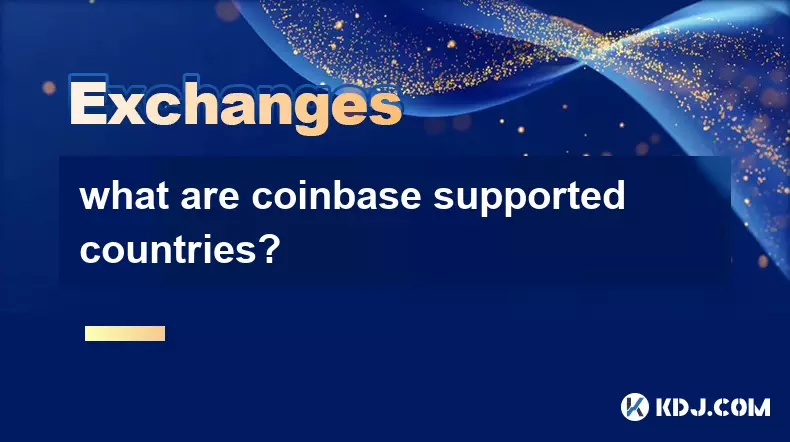
what are coinbase supported countries?
Oct 18,2025 at 12:01pm
Countries Where Coinbase Operates1. United States – Coinbase is headquartered in San Francisco, California, and provides full trading, staking, and cu...
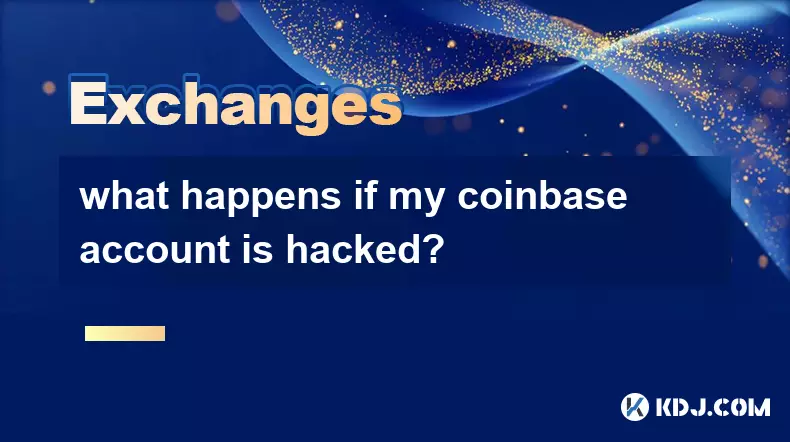
what happens if my coinbase account is hacked?
Oct 19,2025 at 06:19am
Immediate Steps to Take After a Coinbase Account Breach1. Immediately log into your Coinbase account from a secure device and change your password. Us...
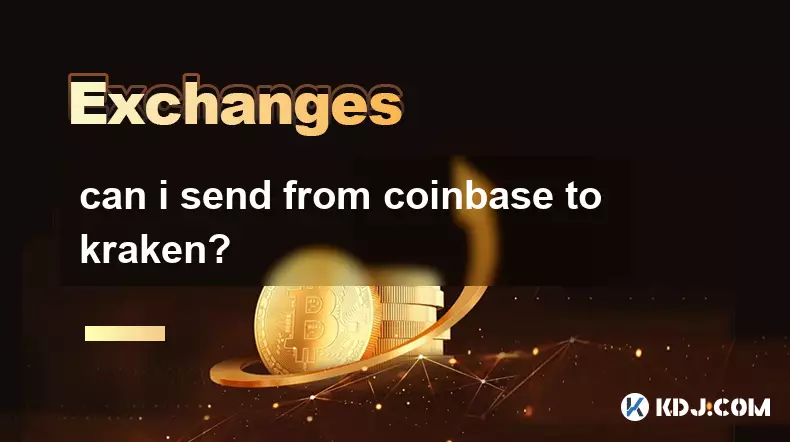
can i send from coinbase to kraken?
Oct 18,2025 at 03:37am
Transferring Funds from Coinbase to Kraken Sending cryptocurrency from Coinbase to Kraken is a common practice among traders seeking better liquidity,...
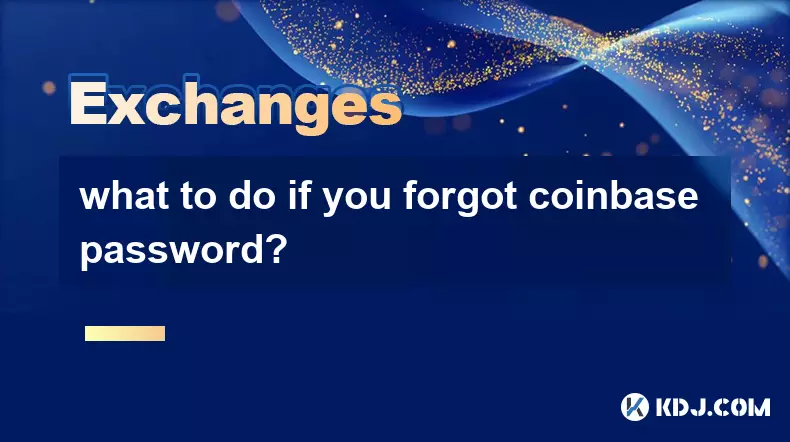
what to do if you forgot coinbase password?
Oct 18,2025 at 12:01am
Recovering Access to Your Coinbase Account1. Visit the official Coinbase login page and click on the “Forgot password?” link located beneath the passw...
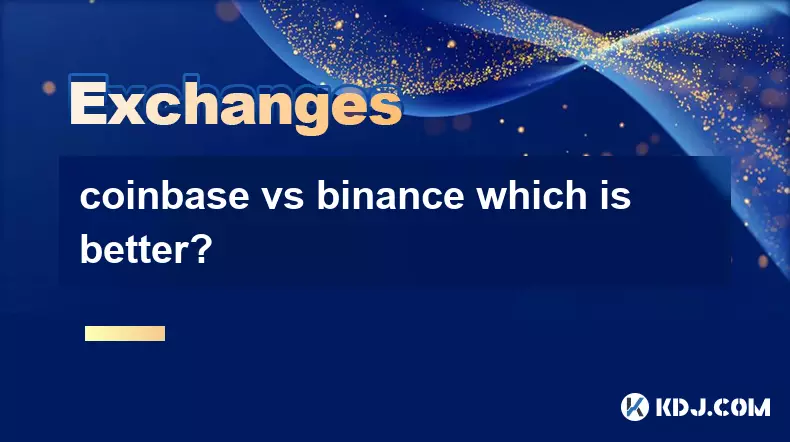
coinbase vs binance which is better?
Oct 19,2025 at 01:00pm
Coinbase vs Binance: Platform Accessibility and User Experience1. Coinbase is widely recognized for its clean, intuitive interface tailored specifical...

how to add a payment method to coinbase?
Oct 19,2025 at 01:19am
How to Add a Payment Method to CoinbaseAdding a payment method to your Coinbase account is essential for buying cryptocurrencies, withdrawing funds, o...

what are coinbase supported countries?
Oct 18,2025 at 12:01pm
Countries Where Coinbase Operates1. United States – Coinbase is headquartered in San Francisco, California, and provides full trading, staking, and cu...

what happens if my coinbase account is hacked?
Oct 19,2025 at 06:19am
Immediate Steps to Take After a Coinbase Account Breach1. Immediately log into your Coinbase account from a secure device and change your password. Us...

can i send from coinbase to kraken?
Oct 18,2025 at 03:37am
Transferring Funds from Coinbase to Kraken Sending cryptocurrency from Coinbase to Kraken is a common practice among traders seeking better liquidity,...

what to do if you forgot coinbase password?
Oct 18,2025 at 12:01am
Recovering Access to Your Coinbase Account1. Visit the official Coinbase login page and click on the “Forgot password?” link located beneath the passw...

coinbase vs binance which is better?
Oct 19,2025 at 01:00pm
Coinbase vs Binance: Platform Accessibility and User Experience1. Coinbase is widely recognized for its clean, intuitive interface tailored specifical...

how to add a payment method to coinbase?
Oct 19,2025 at 01:19am
How to Add a Payment Method to CoinbaseAdding a payment method to your Coinbase account is essential for buying cryptocurrencies, withdrawing funds, o...
See all articles





















![[4K 60fps] Astral by oc3andark (1 Coin) [4K 60fps] Astral by oc3andark (1 Coin)](/uploads/2025/10/19/cryptocurrencies-news/videos/k-fps-astral-ocandark-coin/68f438453fa33_image_500_375.webp)


